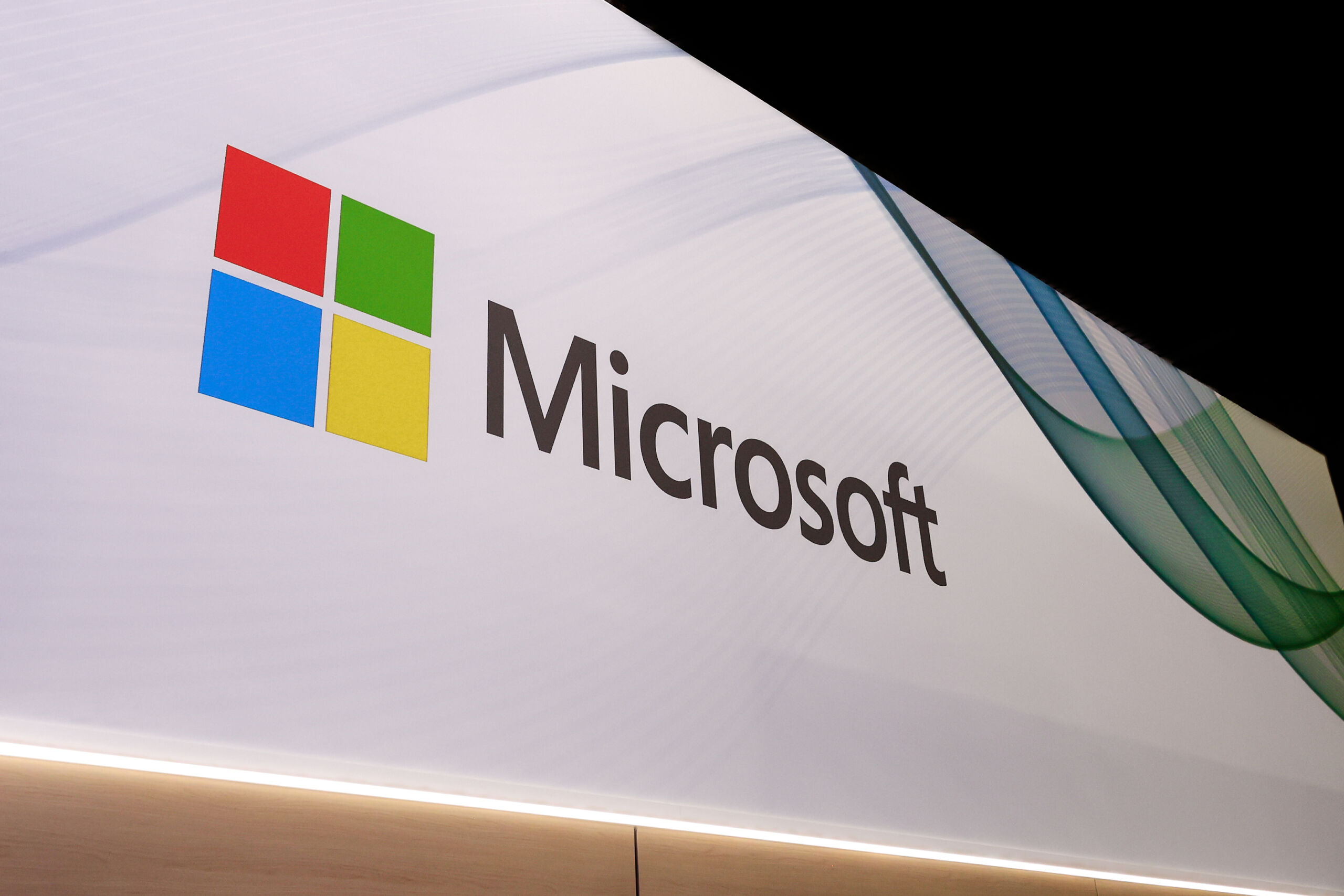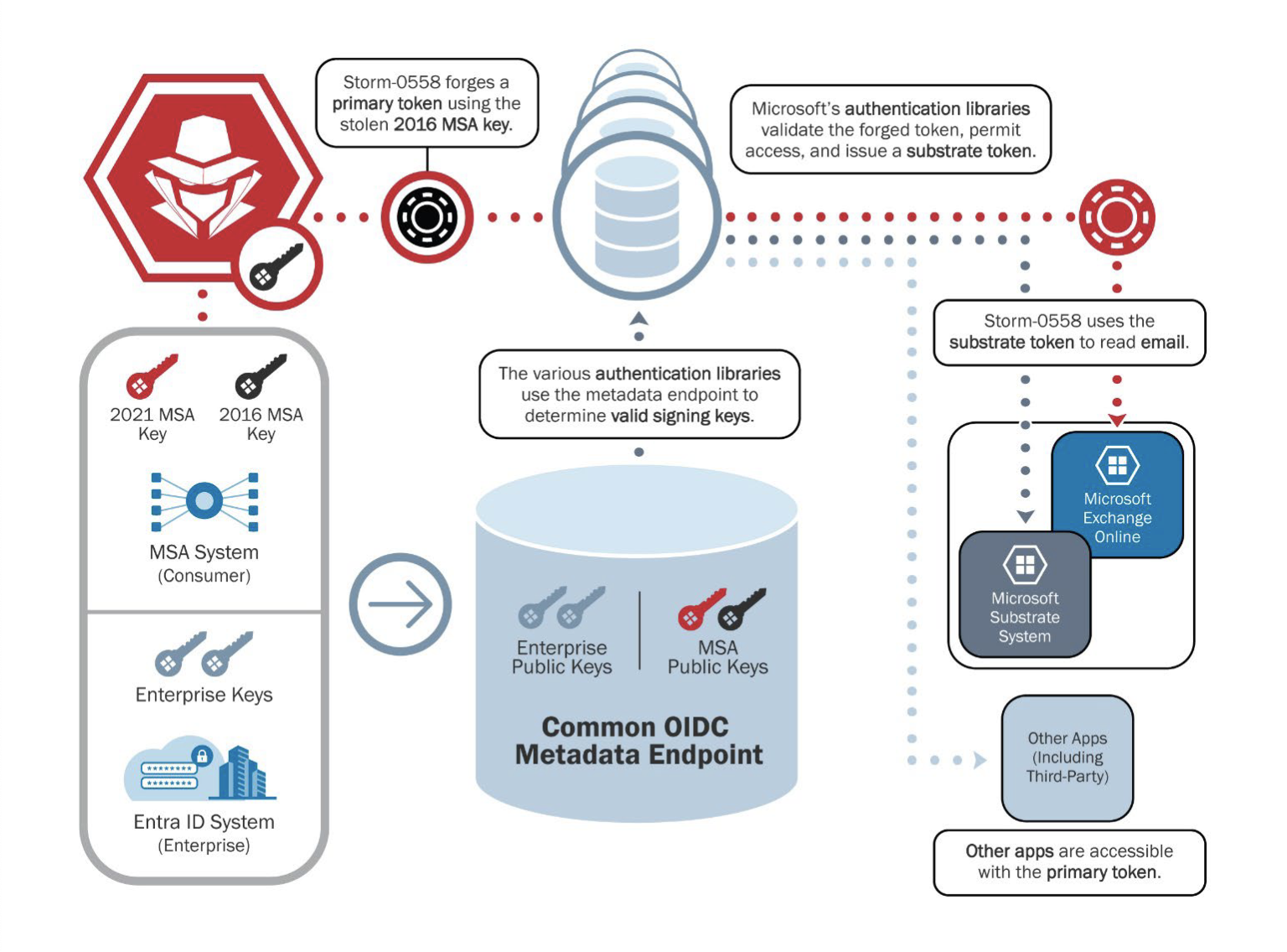A federal Cyber Safety Review Board has issued its report on what led to last summer's capture of hundreds of thousands of emails by Chinese hackers from cloud customers, including federal agencies. It cites "a cascade of security failures at Microsoft" and finds that "Microsoft's security culture was inadequate" and needs to adjust to a "new normal" of cloud provider targeting.
The report, mandated by President Biden in the wake of the far-reaching intrusion, details the steps that Microsoft took before, during, and after the breach and in each case finds critical failure. The breach was "preventable," even though it cites Microsoft as not knowing precisely how Storm-0558, a "hacking group assessed to be affiliated with the People's Republic of China," got in.
"Throughout this review, the board identified a series of Microsoft operational and strategic decisions that collectively points to a corporate culture that deprioritized both enterprise security investments and rigorous risk management," the report reads.
The report notes that Microsoft "fully cooperated with the Board's review." A Microsoft spokesperson issued a statement regarding the report. "We appreciate the work of the CSRB to investigate the impact of well-resourced nation state threat actors who operate continuously and without meaningful deterrence," the statement reads. "As we announced in our Secure Future Initiative, recent events have demonstrated a need to adopt a new culture of engineering security in our own networks." Along with hardening its systems and implementing more sensors and logs to "detect and repel the cyber-armies of our adversaries," Microsoft said it would "review the final report for additional recommendations."
“Inaccurate public statements” and unsolved mysteries
The Cyber Safety Review Board (CSRB), formed two years ago, is composed of government and industry officials, from entities including the Departments of Homeland Security, Justice, and Defense, the NSA, FBI, and others. Microsoft provides cloud-based services, including Exchange and Azure, to numerous government agencies, including consulates.





 Loading comments...
Loading comments...
